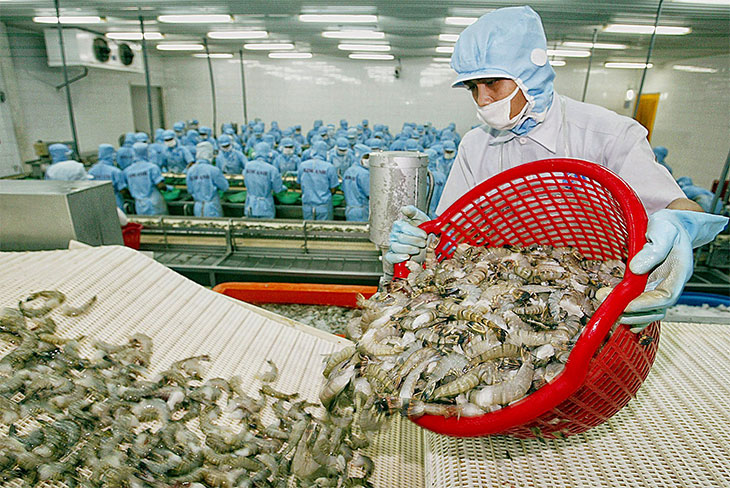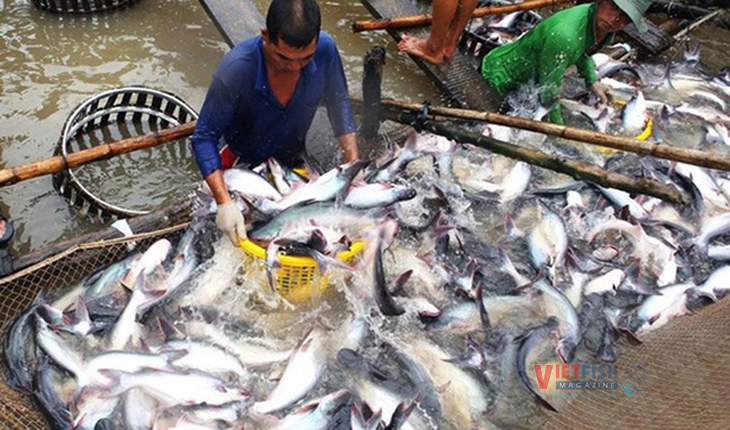Seafood exports to China surge by 80.8% in January 2025
While Vietnam’s seafood exports to many markets saw a slight decline in January 2025, exports to China recorded a sharp increase of 80.8%.
According to the Ministry of Industry and Trade’s Import-Export Department, citing data from the General Department of Customs, Vietnam’s seafood exports in January 2025 reached USD 773.95 million, up 3.5% compared to the same period in 2024. Positive growth was observed in key markets such as China, Australia, Thailand, and Germany.

China led in growth, with an 80.8% increase in seafood imports from Vietnam. In contrast, exports to Japan, the U.S., and South Korea fell by 7.6%, 3.5%, and 9.5%, respectively, year-on-year.
For shrimp, Vietnam exported USD 843 million worth to China in 2024, a 39% increase from 2023, according to the Vietnam Association of Seafood Exporters and Producers (VASEP). This surge allowed China and Hong Kong to overtake the U.S. as Vietnam’s largest shrimp import market.
China’s domestic shrimp supply declined due to unfavorable weather conditions, while Ecuador also reduced shrimp exports to China in 2024. Additionally, China introduced measures to boost domestic consumption, further driving shrimp import demand.
Among Vietnamese shrimp exports to China and Hong Kong in 2024, lobster accounted for the largest share at 51.7%, driven by strong demand. Whiteleg shrimp followed at 36.1%, while black tiger shrimp made up 12.2%. China remains the top importer of Vietnamese lobster, taking 98-99% of total exports. However, VASEP forecasts that while demand in China will recover strongly in 2025, prices may remain low.
Vietnam’s pangasius exports to China totaled USD 581 million in 2024, up just 1% from 2023. Frozen pangasius fillets remained highly popular among Chinese consumers, with China contributing 29% of Vietnam’s total pangasius export value in 2024.
Despite this, VASEP warns that the pangasius industry will continue to face challenges, including competition from other whitefish species and stricter import regulations. Improving product quality and meeting market standards will be crucial for maintaining competitiveness.
The Import-Export Department also predicts that global seafood markets in 2025 will be influenced by shifting consumer habits, trade policies, and supply-demand fluctuations. To navigate these changes, Vietnam’s seafood sector must enhance product value, improve quality, and explore new export markets.
VFM






